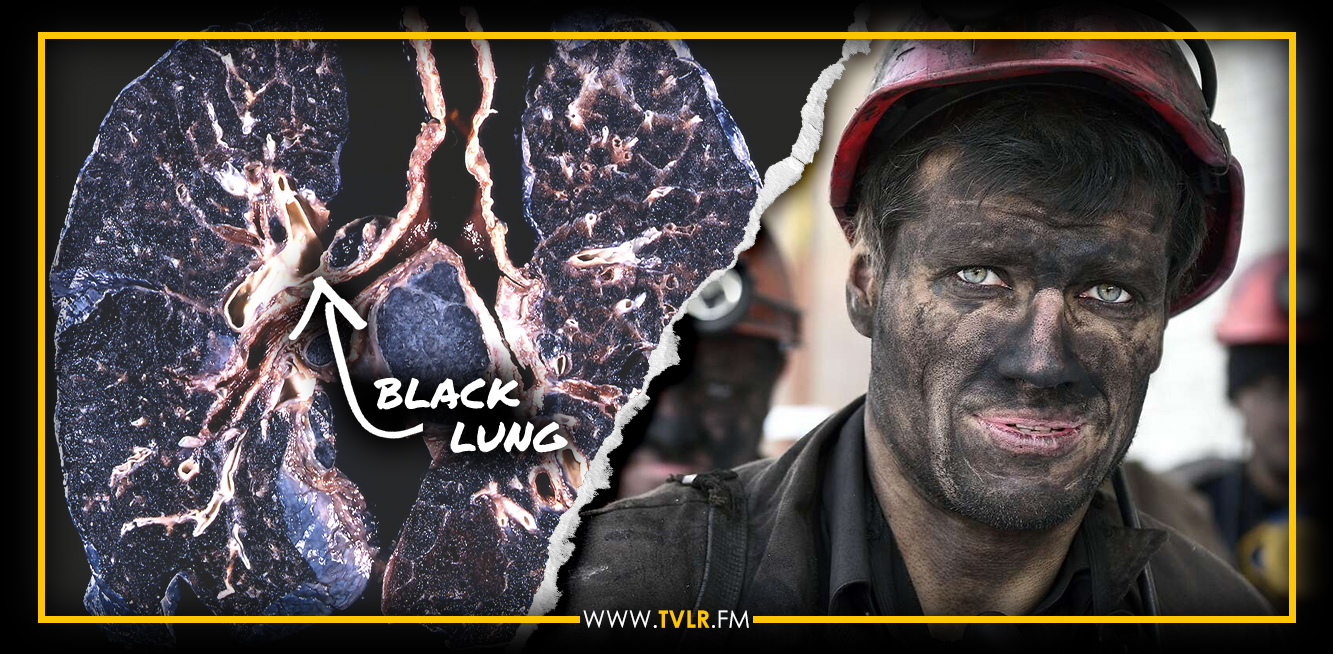After years of workers, labor activists, journalists, and unions campaigning to raise awareness, the Mine Safety and Health Administration (MSHA) has proposed a federal amendment that would greatly improve overall safety and protections for mineworkers particularly in relation to Black Lung disease, an often fatal affliction that hits miners who have been exposed to respirable crystalline silica, also called “silica dust” or “coal mine dust.”
In a statement released last Friday, the U.S. Department of Labor assured that this “proposed rule change will ensure miners have at least the same level of protections as workers in other industries.”
While this is a very welcome expansion, the time it took for the government to finally take action is reprehensible, as this has been a well-known issue for a very long time, and it has gotten worse the longer it has gone unaddressed particularly in the last 20 years, despite having initially seen a decline early in the 20th century.
In her investigative report published in May for In These Times, independent labor journalist Kim Kelly shared jaw-dropping data from the National Institute for Occupational Safety & Health (NIOSH), which showed that in “Kentucky and West Virginia, for example, black lung afflicts more than 1 in 8 coal miners who have been working underground for 20-24 years. That rate has risen from about 1 in 30 a decade ago.” According to the data, these rates are steadily rising, even among young and otherwise healthy miners who have worked underground between 15-19 years.
But why the change? Why, after Black Lung disease cases plummeted during the 1900s, has it been steadily on the rise again over the last two decades? The answer lies within the difference of the material itself being inhaled.
“Silica dust didn’t used to be an issue, it was primarily coal dust that was creating Black Lung, and so all of the rules and regulations were really kind of… surrounding coal dust,” said The Valley Labor Report host Jacob Morrison, commenting on the issue on last week’s program — according to NIOSH, the “coal dust” Jacob referred to is also called Anthracite or Bituminous coal dust, which still contains a degree of Silica, but at much lower levels than Silica dust.
“As the coal veins have been extracted, [miners] have to mine deeper and wider to get what is left of the coal in these veins,” Jacob continued. “And so they are grinding up against more ‘non-coal’ stuff; stuff that will create this Silica dust.”
But it’s not as if silica is some new threat that wasn’t accounted for until now; on the contrary it is a known hazardous byproduct of various forms of deep digging and is present in a number of common building materials, such as stone, concrete, brick, mortar, and sand; in fact, since those aforementioned materials are all used for various forms of construction, OSHA has regulations in place for the Construction Industry that greatly restrict the amount of silica allowed to be present in a working environment and the amount a worker can be exposed to within specific lengths of time.
And as it currently stands, the maximum amount of exposure these construction regulations allow… is less than ten percent of what the average coal miner is exposed to on a daily basis.
“It’s killing people! Literally killing people,” said Jacob. “30 and 40 year olds with Black Lung, which is not curable, it’s not reversible.”
Though coming later than it should have and therefore at great cost, this federal amendment proposed by MSHA is nevertheless a much-needed step in the right direction toward protecting some of the hardest working people in the country.
In the wake of this proposal, workers, unions, and even politicians have been uniting to push for its immediate ratification. For more on this united push and how the Biden Administration has responded, as well as discussion on the general situation, watch our full video on YouTube:
